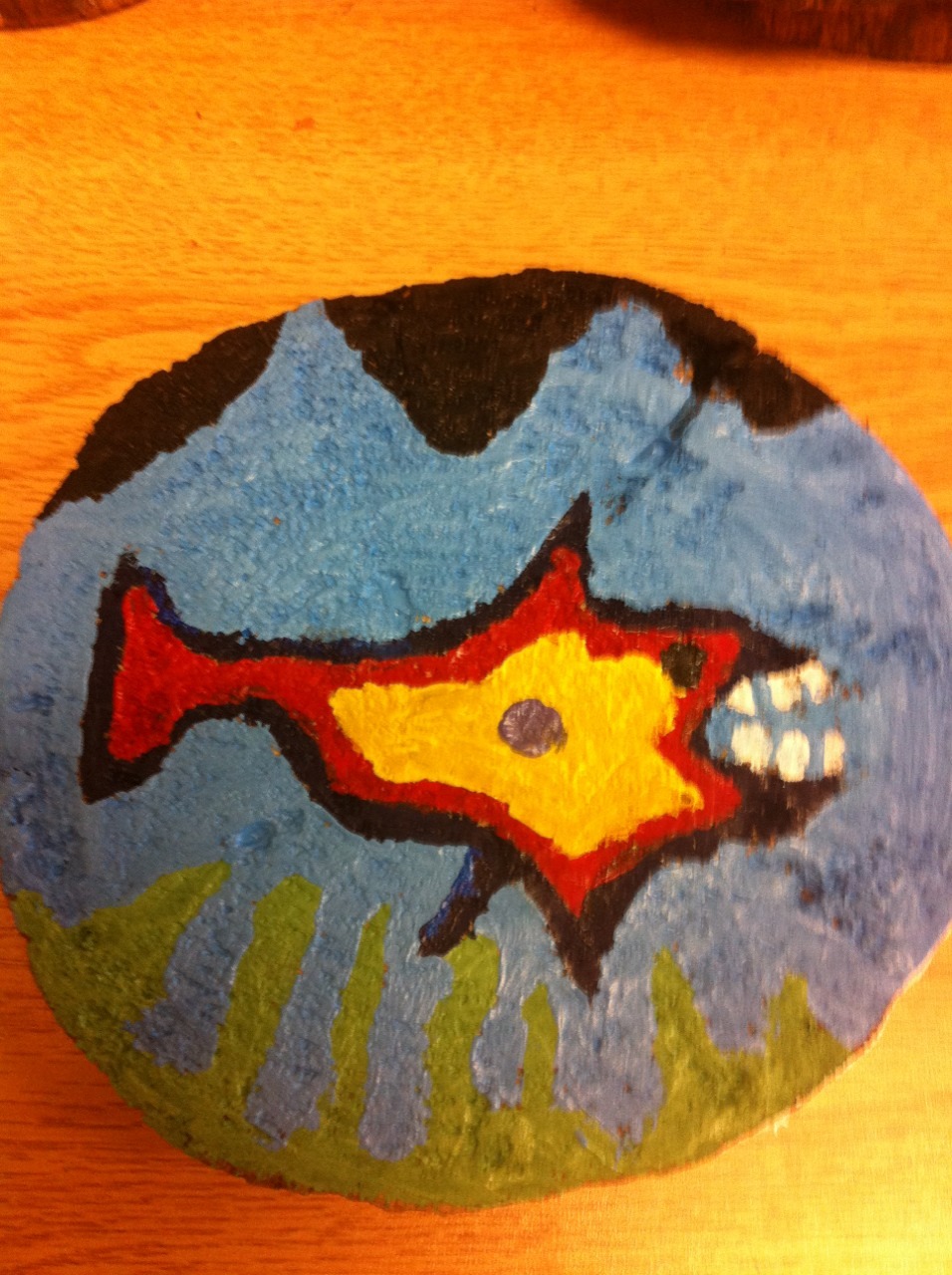Make Cycle 5 (reflection)
The first assignment I remember from my 'teacher training' was to make a map of my ideal elementary classroom. It was based on what I called 'zones'. There was a quiet reading zone equipped with beanbags, a gallery zone with easels dedicated to exhibiting artwork, and a vegetable garden under the windows. My proudest feature, however, was the workbenches. When I presented my map to the class, I spoke about how it was fine for students to have desks, but I wanted another area without chairs, just large, tall tables around which they could collaborate and build.
I wanted workbenches.
I had a few years experience teaching musical keyboard classes. I had wild ideas of 'open school' and giant learning spaces in which the boundaries between teacher and student, classroom and community, were smeared beyond recognition.
All I knew was that children learn best when they are self-directed and encouraged to collaborate.












